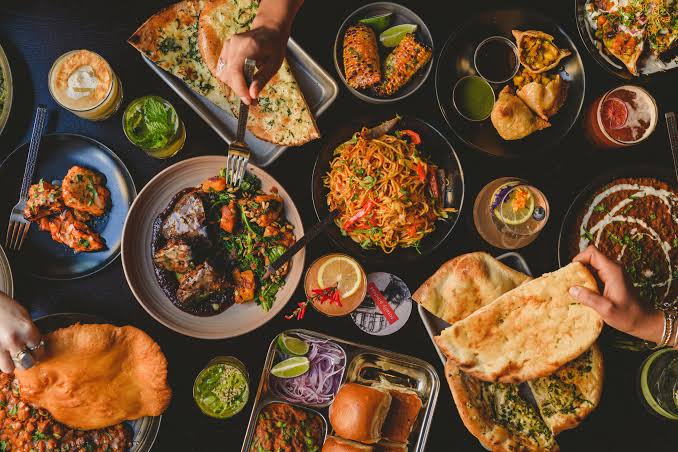Food serves as a universal means of connection, particularly evident in the diverse array of African and African Diaspora cuisines. This comprehensive article embarks on a flavorful exploration of African food, delving into its deep cultural significance, revealing the stories, traditions, and diverse culinary landscapes behind each dish.

The Origins of African Cuisine
Africa’s culinary heritage comprises a mosaic of flavors, ingredients, and cooking methods. Each region boasts a unique flavor profile, and every dish within these regions carries its own narrative:
- North African Cuisine: Dishes like couscous, tagines, and harira soup in North Africa reflect not only meals but also the region’s history of trade and conquest.
- West African Delicacies: Staples in West Africa such as spicy stews, fufu, and jollof rice hold centuries-old stories of royalty, celebrations, and tradition.
- East African Eats: Ethiopia’s injera, a spongy sourdough flatbread, symbolizes unity and togetherness through communal dining.
- Southern African Fare: Dishes like bobotie and boerewors in Southern Africa reflect a fusion of flavors resulting from colonization and indigenous culinary traditions.
- Central African Comfort: From Cameroon’s hearty stews to the plantains and cassava-based dishes of the Democratic Republic of Congo, Central Africa’s cuisine reflects the resilience of its people.

African Diaspora: A Global Culinary Influence
The African Diaspora, stemming from the transatlantic slave trade and migration, spread African culinary traditions across the globe. Africans carried their culinary knowledge, flavors, and ingredients to the Americas, the Caribbean, and Europe, contributing to Afro-Caribbean, Afro-Brazilian, and African American cuisines.
Stories on the Plate
Every African dish tells a story through its ingredients, cooking methods, and cultural significance:
- Jollof Rice: Beyond its delicious taste, jollof rice represents national pride and friendly culinary competition among West African nations.
- Injera: In Ethiopia, injera is not just sustenance but a cultural tradition symbolizing unity and familial bonds.
- Gumbo: Originating in West Africa and popularized in the Southern United States, gumbo reflects the blending of African, Creole, and Cajun culinary influences.
- Soul Food: African American cuisine, known as “soul food,” showcases the creativity and resilience of enslaved Africans, with dishes rooted in African traditions.
Traditions at the Table
The cultural significance of African food extends to the rituals, communal dining, and storytelling accompanying these dishes:
- Ubuntu: Many African cultures emphasize ubuntu, highlighting the interconnectedness of all people. Sharing a meal symbolizes unity, hospitality, and community bonds.
- Kwanzaa Feast: During Kwanzaa, families unite to enjoy traditional dishes like collard greens and sweet potato pie, reinforcing cultural values and community spirit.
- Cassava Leaves: In Liberia, the preparation of cassava leaves involves labor-intensive pounding and cooking, strengthening family ties.
- African Ancestral Offerings: Food offerings to ancestors in various African cultures symbolize a connection to one’s roots and a way to honor those who came before.
Preserving Culinary Heritage

In an increasingly globalized world, preserving African culinary traditions faces challenges, but dedicated individuals, chefs, and food enthusiasts are safeguarding these traditions through food festivals, cookbooks, culinary education programs, and cultural centers.
African and African Diaspora cuisine is more than sustenance; it’s a powerful testament to food’s ability to convey stories, unite communities, and preserve cultural heritage. Each dish encapsulates the history, traditions, and values of those who have prepared and shared it. When enjoying jollof rice, gumbo, or injera, remember that you partake in a timeless tradition—a taste of history and a celebration of culture.

